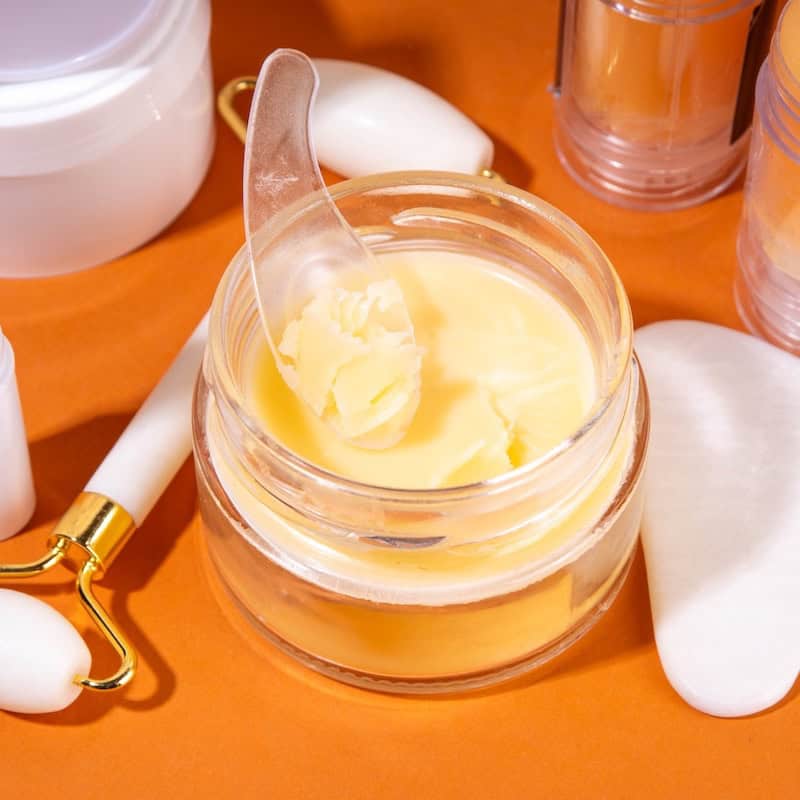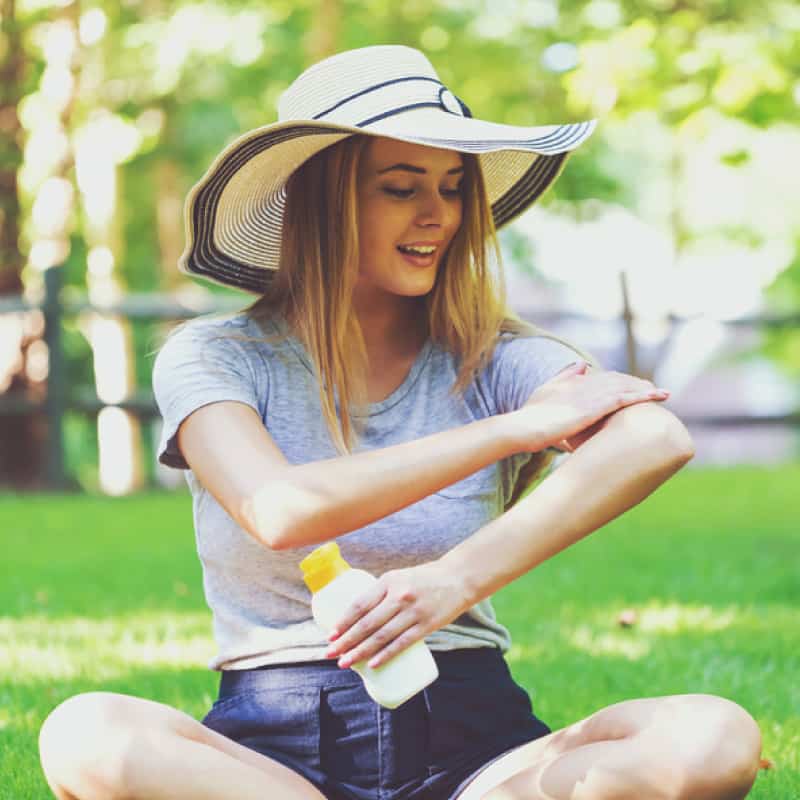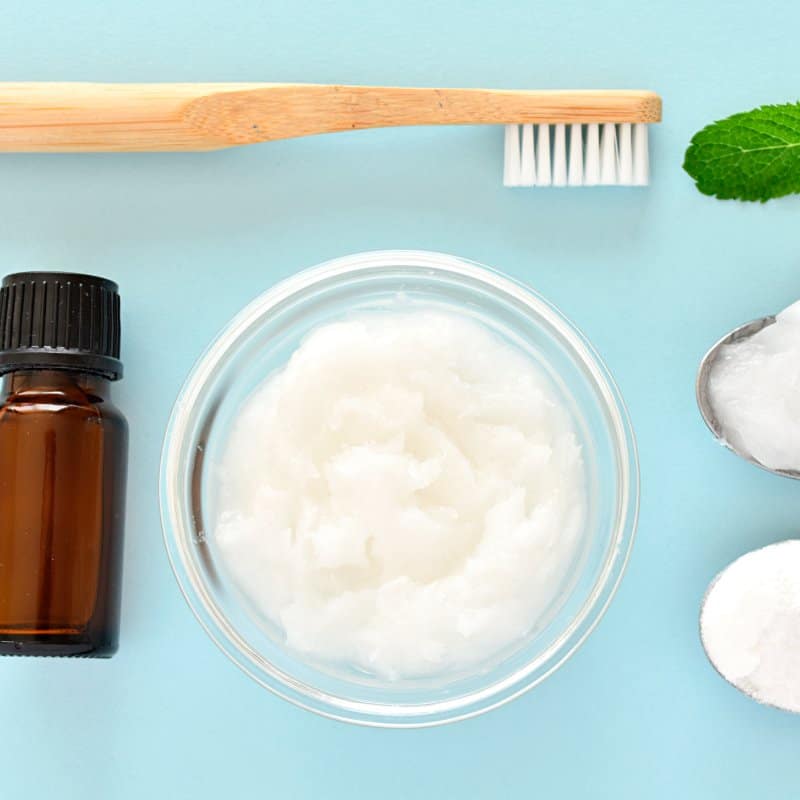This Dr. Axe content is medically reviewed or fact checked to ensure factually accurate information.
With strict editorial sourcing guidelines, we only link to academic research institutions, reputable media sites and, when research is available, medically peer-reviewed studies. Note that the numbers in parentheses (1, 2, etc.) are clickable links to these studies.
The information in our articles is NOT intended to replace a one-on-one relationship with a qualified health care professional and is not intended as medical advice.
This article is based on scientific evidence, written by experts and fact checked by our trained editorial staff. Note that the numbers in parentheses (1, 2, etc.) are clickable links to medically peer-reviewed studies.
Our team includes licensed nutritionists and dietitians, certified health education specialists, as well as certified strength and conditioning specialists, personal trainers and corrective exercise specialists. Our team aims to be not only thorough with its research, but also objective and unbiased.
The information in our articles is NOT intended to replace a one-on-one relationship with a qualified health care professional and is not intended as medical advice.
DIY Setting Powder
January 7, 2018

If you wear makeup, you may want to consider using a setting powder. A setting powder gives your makeup a smooth finish by helping to lock foundation into place while reducing cracks that can come across as wrinkles. However, you need to make sure you are using your setting powder in the right way and that you are using a powder with quality ingredients that actually benefit the skin.
I do not recommend baking soda or cornstarch for face powder. Some have asked, “Can I use flour as setting powder?” The answer is no. Flour simply does not have the softness that allows for a smooth appearance. Arrowroot powder is my recommendation. Now, let’s jump into making your very own DIY setting powder. It is super-easy and perfect with my foundation. Consider making my DIY eyeshadow, mascara and eyeliner as well!
Now, you want to make sure you know the difference in setting powders. There are lots of mineral powders out there that are great, but they are intended to replace medium-coverage foundation. So, unless you want a full-coverage look — meaning a heavy and possibly a caked-on appearance, I would avoid applying mineral setting powder on top of foundation.
There are pressed powders and loose powders. The best setting powders are usually loose and either translucent or colored. We have been reviewing loose powders, but pressed powders are OK, but they typically add a bit more coverage due to the binders they contain. Translucent powders simply help set the foundation so that it stays in place all day, minimizes pores and fine lines, and absorbs oils so that you eliminate an oily skin appearance. On the other hand, if you want a bit more coverage, go for a tinted version. The tint can vary.
Read on for my recipe to make your own DIY setting powder using all-natural ingredients, customized by you to match your skin tone.
DIY Setting Powder
5–6 ounces
5 minutes to make
Ingredients:
½ cup arrowroot powder
1–3 teaspoons cacao powder (Add in a little at a time until you reach the desired shade that is similar to your skin tone.)
1–3 teaspoons nutmeg (Add in a little at a time until you reach the desired shade that is similar to your skin tone.)
2 drops geranium essential oil
To make, place the arrowroot powder in a mixing bowl. You can use a coffee grinder to do your blending if you prefer. Arrowroot powder is what makes this DIY setting powder silky smooth — which translates to silky-smooth skin! Arrowroot is a natural ingredient that doesn’t contain harsh chemicals, plus high heat is not used in the extraction process. Arrowroot powder actually has antiseptic properties too, making it a great choice for the face to help minimize bacterial growth that can cause flare-ups.
Now, add the cacao powder and the nutmeg, a little at a time. Both of these ingredients help to create a translucent effect, plus to find a color close to your natural skin tone. Cacao contains antioxidants, too, which are great for the skin. Nutmeg not only smells wonderful, but it’s also antibacterial. (1)
Lastly, add 2 drops of geranium essential oil to the mixture. Geranium oil is amazing for your face, offering radiant skin and inflammation-fighting benefits. Blend all ingredients together. Then, store the finished product into a tight-fitting container. Use glass if you have it since it does not leach chemicals. That’s it — you have now made your very own DIY setting powder!
How to Use Setting Powder
First, make sure your foundation has been smoothly and evenly applied. Do not apply the powder until your foundation has completely dried. Otherwise, you will cause a caked-on effect, which is not the look you want to achieve!
Once your foundation has dried, apply the powder evenly using a clean brush. You can use it without foundation, too for, a feather-light finish and fresh look. Just keep your brushes clean to avoid contamination.
DIY Setting Powder
Ingredients:
- ½ cup arrowroot powder
- 1–3 teaspoons cacao powder (Add in a little at a time until you reach the desired shade that is similar to your skin tone.)
- 1–3 teaspoons nutmeg (Add in a little at a time until you reach the desired shade that is similar to your skin tone.)
- 2 drops geranium essential oil
Directions:
- Blend all ingredients together.
- Store in a container with a tight-fitting lid.
- Apply evenly to clean skin or on top of foundation once dry.









